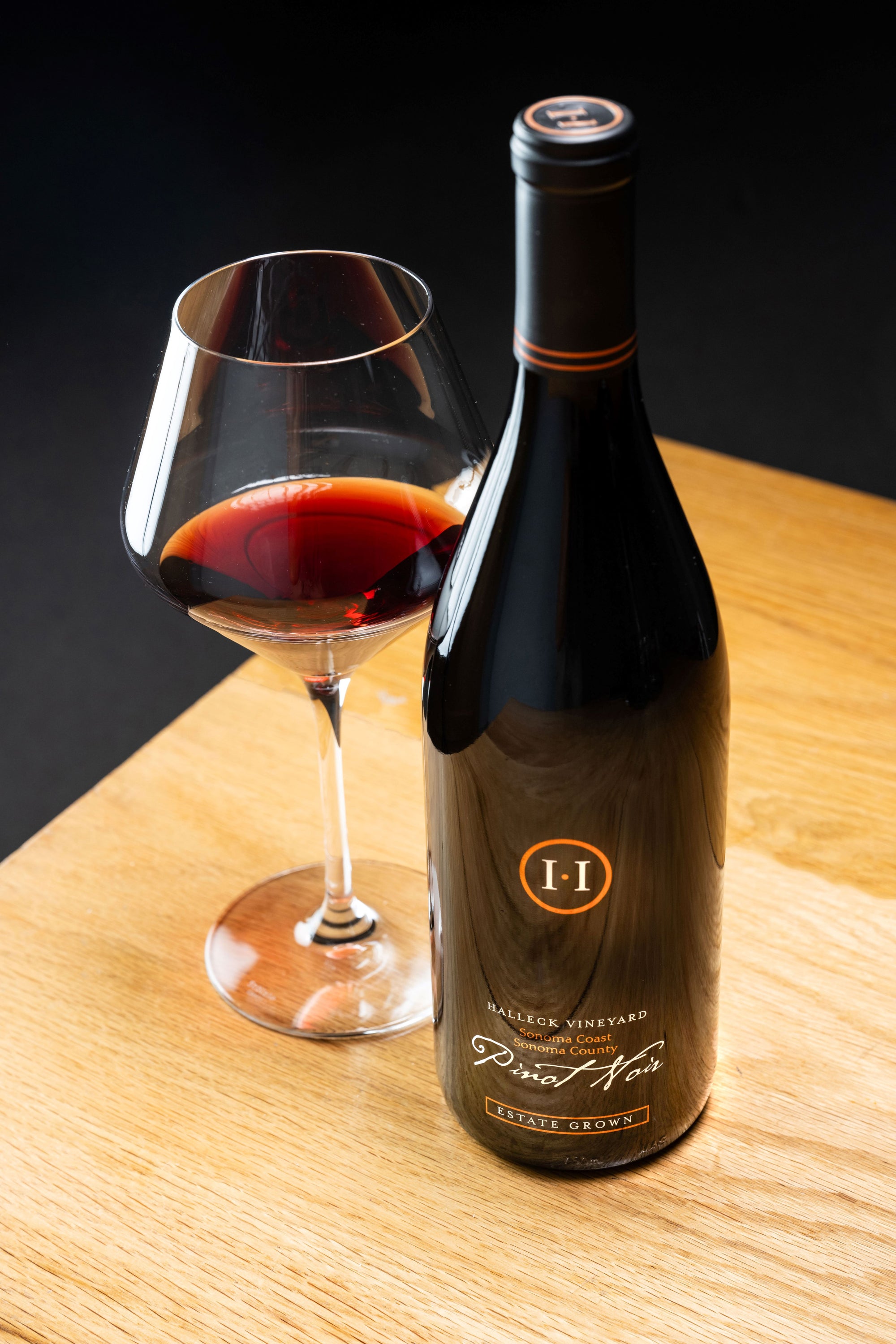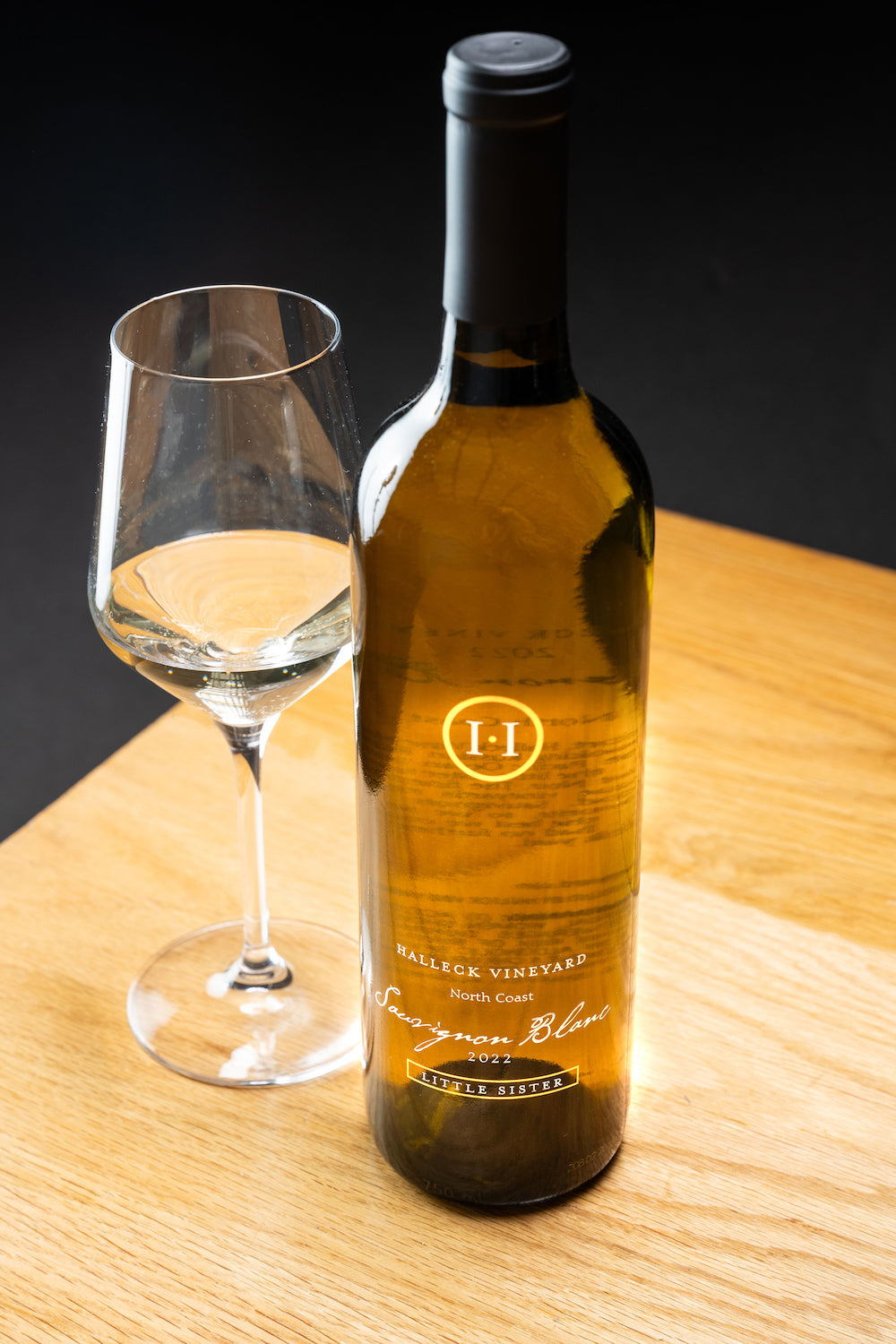Wineries With Unique Varietals - Top Sonoma Wineries To Visit
Cultural Wine Experiences In Sonoma County - Best Vineyard In Sonoma
Visiting a winery for a wine tasting can be a fascinating experience, especially when you understand how to maximise the chance with tasting notes. These notes function a guide to understanding the complexities of the wines you pattern and assist in forming a deeper connection with each pour. Utilizing tasting notes can transform your experience, allowing you to savor not just the taste but in addition the story behind each bottle.
Every wine has a novel profile influenced by grape selection, terroir, and winemaking techniques. Understanding these parts can improve your appreciation of the wine. When you may be given a tasting menu or a flight of wines to pattern, take the time to learn by way of any descriptions provided (Best Pinot Noir Wineries In Sebastopol). This preliminary overview can set the tone and expectations on your tasting experience.
Begin your wine tasting by observing the wine in your glass. The colour can reveal so much concerning the wine’s age and varietal. Take notes on the hue, readability, and viscosity. A well-structured tasting note often contains this visual assessment because it varieties the foundation of your analysis. Whereas it may seem trivial, the visual side is crucial in wine tasting.
Wineries Featuring Vineyard Tours - Wineries Near Sebastopol For Tasting
After your visible assessment, it is time to take a mild whiff. Swirl the wine in your glass to aerate it, releasing its aroma. This is where tasting notes turn into particularly priceless. Make notes concerning the totally different scents you detect—fruits, spices, or floral hints. Figuring Out these aromas will assist you to put words to the intrinsic complexities of the wine you're sampling.

The subsequent crucial step is the tasting itself. Take a small sip and let the wine roll over your palate. Note the flavors you experience. Are they sweet or tart? Where does your palate detect every flavor? Some wines could present immediate sweetness followed by a tannic end. Use your tasting notes to document these layers, making a roadmap of your sensory experience.
Think About also the mouthfeel of the wine as you style. Is it easy, crisp, creamy, or perhaps tannic? This textural quality considerably influences the general enjoyment and impression of the wine. Observing the mouthfeel can reveal the standard and craftsmanship behind the winemaking course of.
It Is helpful to compare completely different wines as you style them. If you're sampling a flight with contrasting varietals, make a note of the variations you perceive. How does the acidity vary from one wine to another? Which wine feels fuller, and which is extra refreshing? This comparative train deepens your understanding and helps sharpen your analytical skills.
Wineries Near Highway 12 - A Winery In The Sonoma Valley To Discover
Interact with the winery workers while tasting. Educated hosts typically share insights in regards to the vineyard's history, the precise vintage, or the winemaking philosophy, enriching your appreciation of the wine. Do Not hesitate to ask questions that pique your interest based mostly in your tasting notes. Many hosts get pleasure from discussing their wines and can supply a wealth of knowledge that isn’t readily available from printed materials. Wineries Known For Sustainable Practices In Sonoma.
Hold in mind the seasonality of wines as you taste. Completely Different wines evoke varied moods and pair properly with distinct culinary experiences. Take notes on the way you might take pleasure in a selected wine with food. This not solely adds context to your tasting notes but in addition aids future alternatives and purchases.

Another useful tip whereas using tasting notes at a winery is to document your impressions immediately. As wines can mix and create a uniform flavor memory, jotting down your ideas promptly ensures a more correct reflection of your experience. Use adjectives that resonate with you, crafting a personal vocabulary to describe every wine based mostly in your preferences.
After completing the tasting, evaluation the notes you’ve taken. Mirror on which wines stood out to you and why. This reflection reinforces your tasting experience and highlights what you would possibly seek in future purchases. If you have noted particular aromas or flavors that captivated you, this information empowers you to choose out wines that align with your palate.
Interactive Wine Tasting Experiences In Sonoma - Wine Tours And Tastings In Sebastopol
Wine tasting can even function a chance for socializing. Sharing your tasting notes with companions can ignite partaking discussions on flavors, preferences, and impressions. This communal aspect of wine tasting usually enhances the experience, cementing lasting reminiscences you could recall with a cup of wine in hand.
In conclusion, utilizing tasting notes at a winery wine tasting can considerably enhance your experience. By observing the visual features, aromas, flavors, mouthfeel, and even the stories behind the wines, you create a rich tapestry of notes that may guide your future wine experiences. Partaking with other the staff, comparing wines, and reflecting in your impressions will deepen your appreciation for the art of winemaking. Every tasting is an opportunity to discover and join with wines in exciting new ways. With practice, your tasting notes will evolve, changing into a cherished element of your wine journey.
Wine Tasting Events In Sonoma County - Exploring The Vineyards Of Sonoma
Kingwill+David+R,4748+Burnside+Road,+Sebastopol
- Begin by familiarizing your self with the winery's tasting notes; they often describe the wine’s aroma, flavor profile, and finish, providing a useful framework.
- Use your senses of sight and scent earlier than tasting; swirl the wine in your glass, observe its color, and inhale its bouquet to capture the wine's preliminary traits.
- When tasting, take a small sip and let the wine coat your palate; focus on the primary flavors and any secondary notes that will emerge, similar to fruit, spice, or earthiness.
- Pay attention to the feel and mouthfeel of the wine; is it easy, tannic, creamy, or crisp? This facet can significantly improve your understanding of the wine.
- Examine the tasting notes with your sensory experience, noting any similarities or discrepancies, which can deepen your appreciation of every wine’s complexity.
- Think About the wine’s aging potential by analyzing its construction and stability; some wines may be gratifying now, while others may evolve fantastically over time.
- Take notes in the course of the tasting; recording your impressions might help you keep in mind each wine higher and refine your palate for future tastings.
- Engage with the tasting workers; ask questions concerning the wine production process, grape varieties, and the specific notes you're detecting to enhance your information and experience.
- Explore pairing recommendations alongside your tasting; understanding which foods complement the wine can enrich each the tasting experience and your appreciation for the wine's nuances.
- Respect varying preferences amongst your group; wine tasting is subjective, and encouraging open dialogue about particular person tastes can lead to a extra pleasant and informative experience.undefinedWhat are tasting notes, and why are they necessary at a wine tasting?undefinedTasting notes are descriptions of the flavors, aromas, and general impressions of a wine. They are necessary as a outcome of they guide your palate and enhance your understanding of the wine's traits, helping you recognize different varieties and styles.
How ought to I take notes throughout a wine tasting?undefinedYou should give consideration to key elements corresponding to aroma, flavor, body, acidity, and end. Use a structured format or template to categorize your ideas and write down your impressions immediately after tasting. This helps you bear in mind your thoughts later.
Am I Able To use my own words to describe a wine, or ought to I stick to standard tasting terms?undefinedYou can completely use your individual words to describe a wine. Whereas commonplace tasting terms might help convey particular qualities, personal descriptors add authenticity to your notes and can make your wine experience extra gratifying and relatable.
Should I focus on particular flavors in the wine or the overall experience?undefinedEach features are important. Whereas particular flavors help you identify the distinctive traits of a wine, the overall experience encompasses how all elements combine—creating a extra holistic understanding of the wine.
Wineries With Picnic Areas - Unforgettable Wine Tastings In Sonoma
What if I cannot determine certain aromas or flavors throughout a tasting?undefinedIt’s common to have issue identifying particular tastes or scents. Don’t hesitate to ask for help or steering from the employees on the winery. They can provide insights and help refine your palate over time by way of practice.
How can I use tasting notes to choose wines in the future?undefinedBy reviewing your tasting notes, you'll find a way to identify your preferences and trends in your wine decisions. This allows you to choose wines that align together with your palate in future tastings and purchases, making your experience extra enjoyable.
Is it acceptable to compare wines during a tasting?undefinedYes, comparing wines could be helpful. It helps highlight the variations in flavor profiles and attributes, allowing you to develop a deeper appreciation and understanding of every wine's distinctive qualities.
What ought to I do if I disagree with the tasting notes offered by the winery staff?undefinedDisagreement is a natural part of wine tasting! Use it my explanation as a chance to debate your impressions with the employees; they will present further context or information about the wine, which may enrich your experience.
Wineries With Sustainable Practices - Winery In The Sonoma Wine Region
How should I arrange my tasting notes after the event?undefinedAfter the tasting, arrange your notes by wine type, producer, or personal desire. Consider making a digital or physical journal which may be referenced for future tastings and wine selections, making it simpler to recall your experiences.